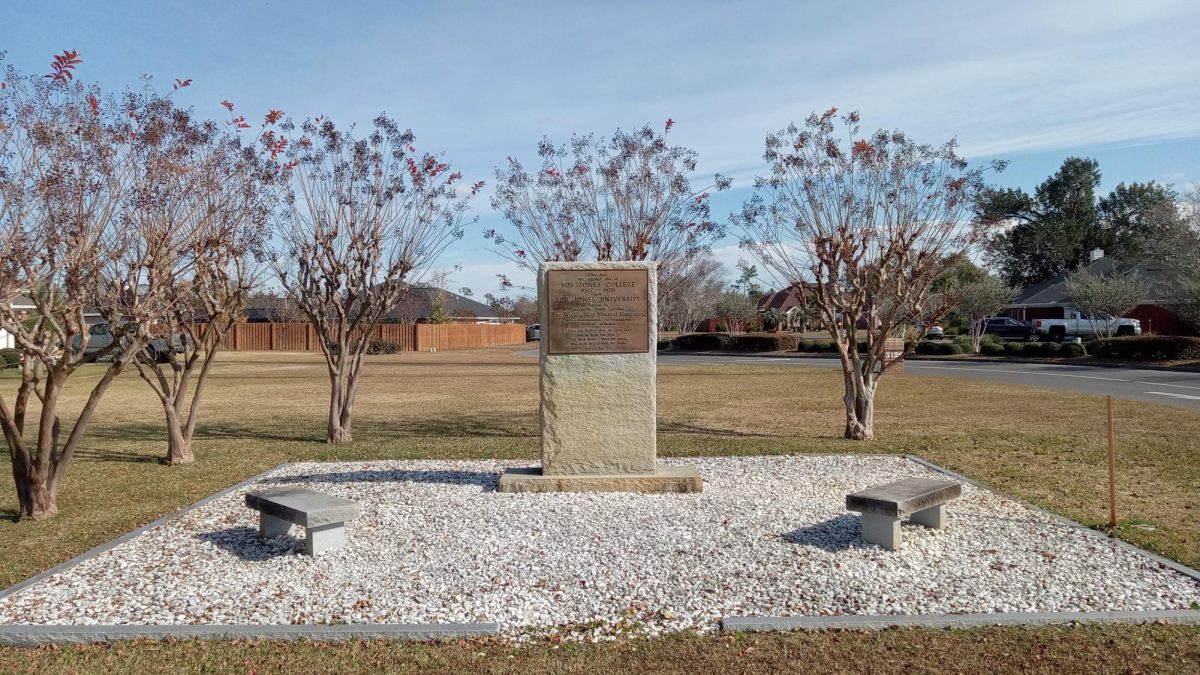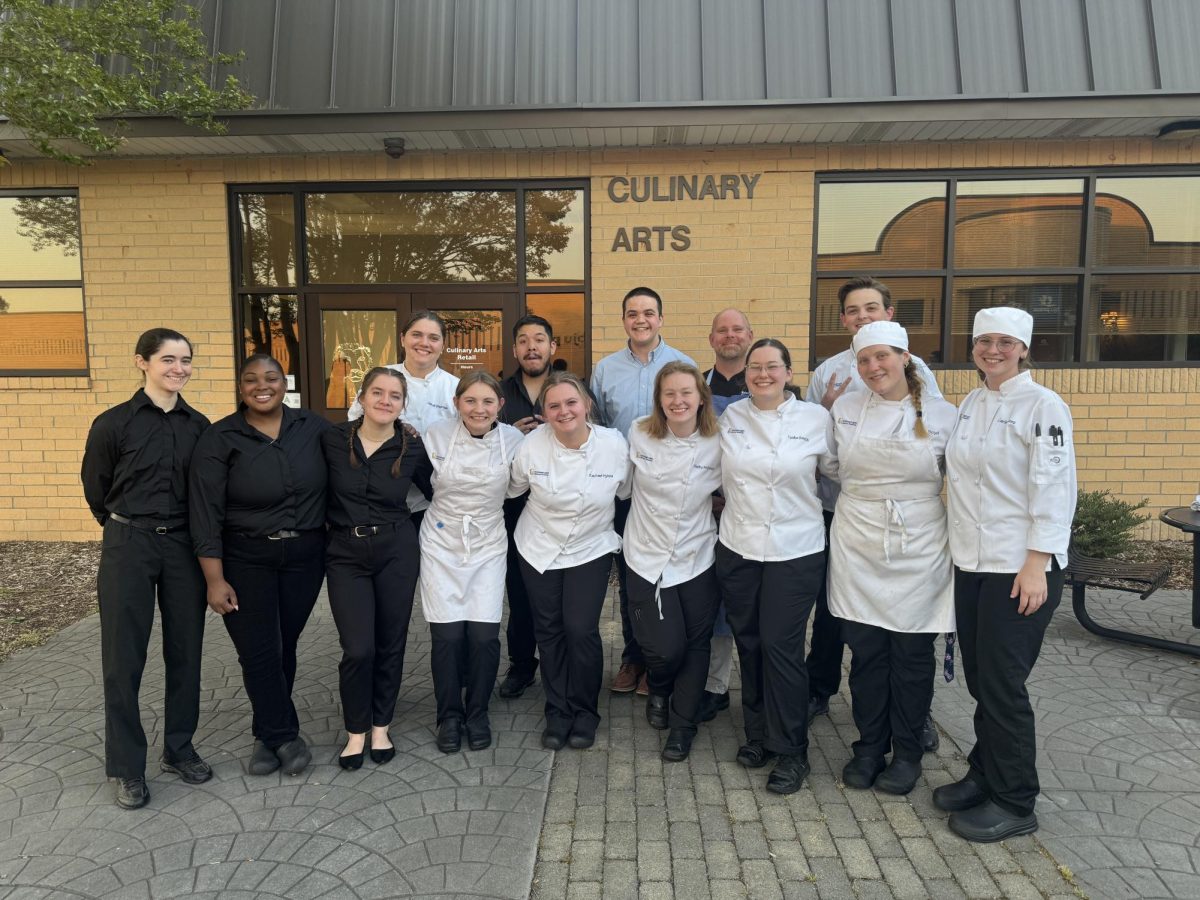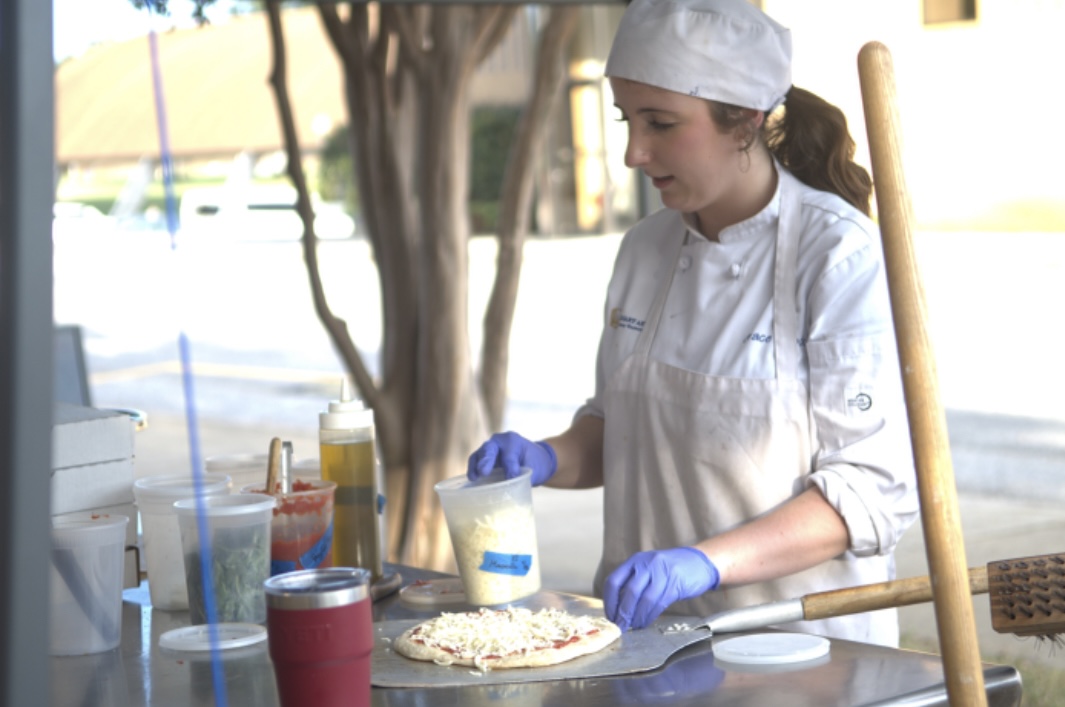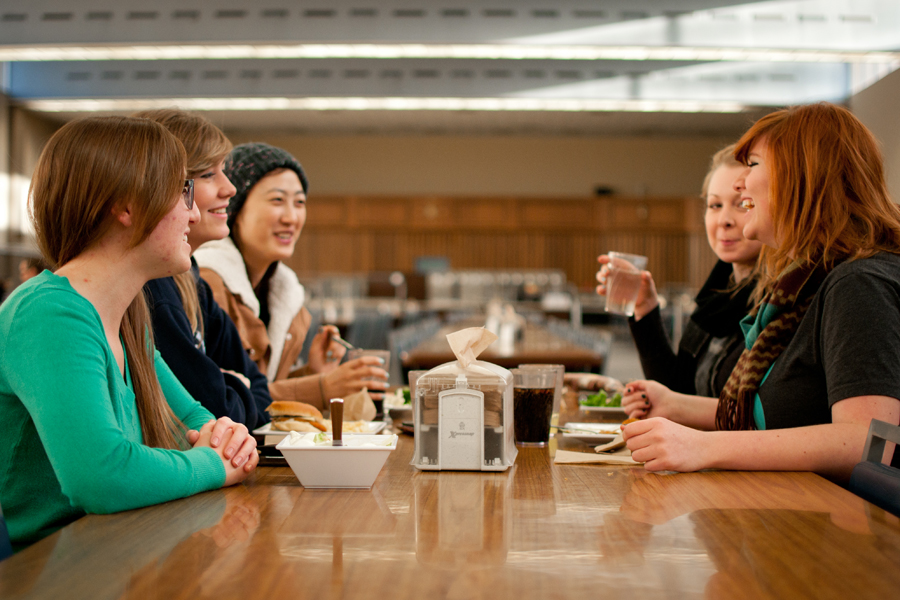Ongoing dining common changes have made BJU students curious as to what they can expect when grabbing a bite to eat. Why all the changes? Are there more to come? What will the dining common experience be like a few years from now?
Mr. Roy Hulehan, director of Retail Operations, outlined the four goals of the new Dining Services: enhanced student experience, improved food quality, better nutrition and increased opportunities for student fellowship.
“We feel [relationship building] is very important to our Christian community here,” Hulehan said.
But for upperclassmen accustomed to old dining common routines, the changes can be baffling. In fact, the changes require everyone to be flexible, including students, guests and the chefs.
Hulehan said the format in the dining common changes so often because BJU Dining Services is constantly adjusting to student interest, striving to keep costs down and seeking to use resources effectively. Improving the dining common is a matter of an ongoing pursuit of quality. Hulehan described the process as “on-the-job learning.”
For example, pizza was moved to the alcove to be closer to the ovens. There, the pizzas will stay hot, and one less employee will be needed to transport them to the other end of the dining common.
After limiting dessert to lunch earlier this semester, BJU Dining Services has responded to student feedback by reincorporating ice cream at dinner five days a week as well as a specialty dessert three days a week.
As for food shortages and cleanliness problems, Hulehan said these issues were unacceptable but were matters of training and adequate staff. Workers have had to adapt to the changes and are still learning how to juggle new responsibilities.
In the meantime, students have witnessed many improvements in quality already. All the vegetables are either fresh or frozen, meat is higher in grade and, in general, all the food is more seasoned and flavorful.
Step by step, BJU Dining Services is striving towards an end goal—a variety of nutritious, tasty meals prepared right at the pods. Waiting in line at these pods would involve interaction with the chef and allow for the opportunity for food to be cooked to student preferences.
Grab ‘n go, which falls outside the four goals of BJU Dining Services, is still a work in progress. Since “to go” food options are necessary for some students, BJU Dining Services is trying to improve efficiency by incorporating these students into the same food lines with everyone else. The BJU Dining Services team is looking for ways to balance this goal of fellowship with student needs. “We are wanting to encourage a campus community and building relationships,” Hulehan said.
Not only does BJU Dining Services aim to enhance students’ experiences in the dining common, they also want to provide that service to students while achieving cost efficiency. Cost management is a key in keeping BJU education affordable.
In the end, adjusting to the new Dining Services program requires everyone to be flexible.
BJU Dining Services is all about relationships. “They want as much interaction with their customers as possible,” Hulehan said. “They don’t like just putting trays out and saying, ‘Serve yourself.’”
He encouraged students to communicate with Dining Service employees when food is running low and to request items they can’t find or ones they would like to see on the menu.
“There is a high interest in student feedback,” Hulehan said. “We are listening and looking to make changes.” Currently, a group of volunteers eat with the food service director once a month to offer input. Hulehan said they would like more of these volunteers. If you would like to participate, you can contact the food service director, Mr. Adam Summer, directly at [email protected].





















































